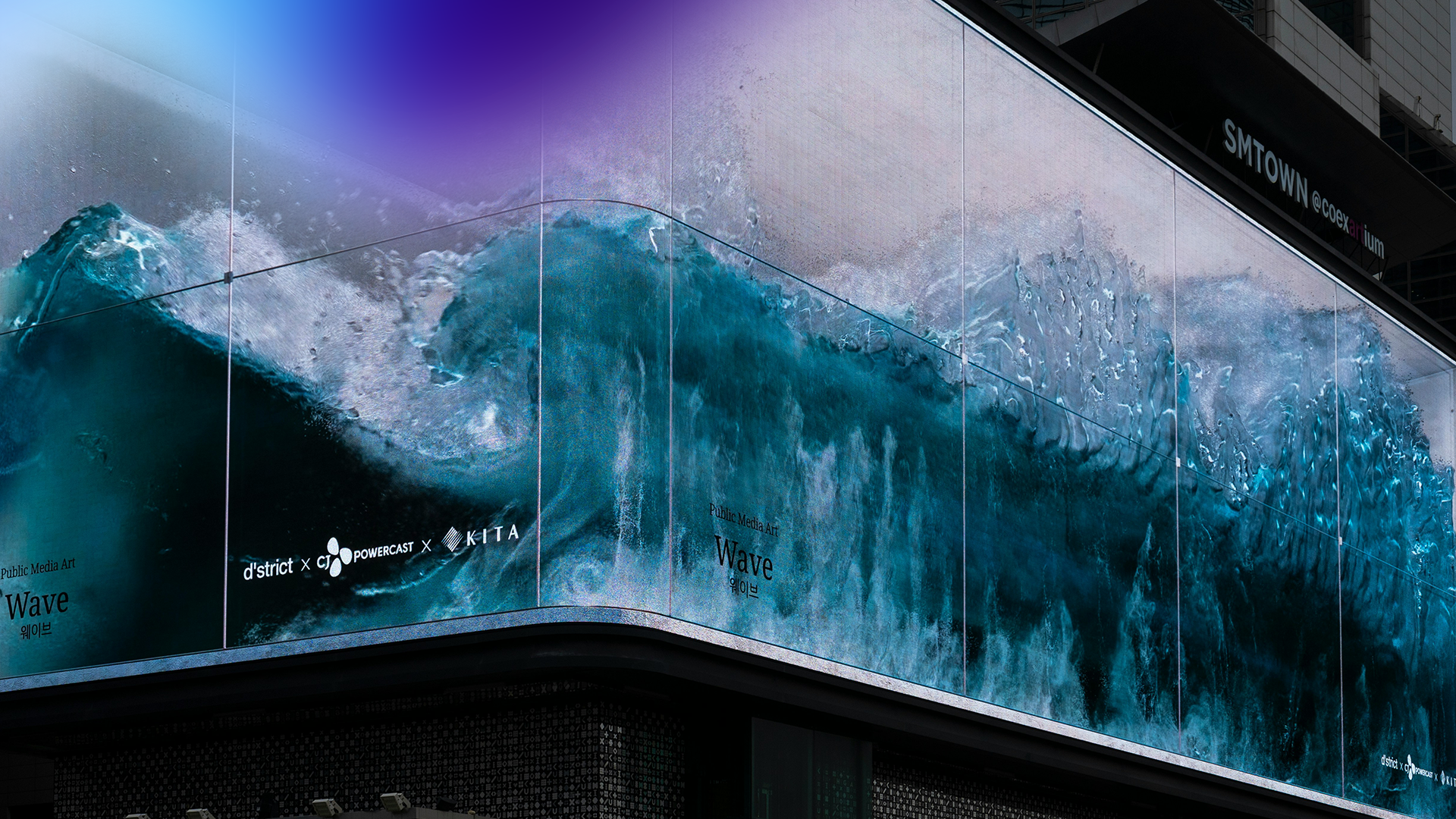Your display advertising campaigns are important. And you know that a good campaign is one that adjusts to how your audience reacts to it - and does it fast. The good news is that you know you need to keep track of your campaign’s performance. But how do you translate that data into insights?
Display Advertising: Understanding the Metrics
Understanding which advanced metrics to use is an excellent first step, and now you have the raw data you need. But does your team know how to interpret it? It’s easy to celebrate when the results are good. But what happens when they indicate that you need to make changes to your campaign?
Here is a breakdown of what some of the most useful advanced metrics say about your display advertising campaign, and how to adjust it when you need to make improvements.
What each advanced metric means for your display advertising campaign
Time-in-View
As we’ve already seen in a previous post, Time-in-View allows you to see how much time a person spent viewing your ad. Let’s see how you should react based on your Time-in-View numbers:
If Time-in-View is significantly lower than you expected, your ads might be lacking the power to catch the audience’s attention. Your team should look into the ad copy, the visuals, and any possible animation. A/B testing is a good idea to try at this point. Create some iterations, with each one changing only one element: one could be the header copy, one for the creative, one for a different format. If one (or more) of these iterations perform significantly better when it comes to time-in-view, then you know what didn’t work - and now you also know what will perform visually.
If Time-in-View is high, it’s good news for your team: your ads can capture your audience’s attention. This is something that you want to leverage. You can look into increasing the budget for that specific combination of ad and audience segment. If time permits, you can also extend the duration of that part of your display advertising campaign.
Interaction Rate
If your ads are getting viewed but the interaction rate is low, it means the ads are capturing the audience’s attention, but that’s where their journey with your campaign ends.
A low interaction rate should urge your team to look into all the possible issues that might be creating hesitation for your audience. Have a look at message clarity and your CTA copy. But go even deeper and make sure your targeting was correct - the wrong targeting can make interaction rate take a swift dive.
If the interaction rate is high, on the other hand, you can take advantage of your ad to drive even more engagement. Your team can experiment with expanding similar creatives, and reuse the high-performing ad in suitable retargeting flows.
Post-View Conversions
Post-view conversions show you the part of your audience that returned to your brand after they have been shown an ad. When post-view conversions are high, then your ads are leaving a good impression on your audience, making them return to your brand. It’s a good idea to look into reusing these ads for retargeting campaigns, as they will have a better chance of attracting your audience even at this second attempt.
But what happens when post-view conversions are low in your display advertising campaign? In this case, the ads are probably not leaving a strong impression. The most important thing to check is audience targeting. Make any necessary changes so the target audience is as specific as possible. Your team should also look into the ad messaging to see if there’s any unclear copy or any messaging that doesn’t match your offerings.
Monitoring Ad Fatigue
Ad fatigue is monitored through combinations of simpler metrics, so you have to keep track of multiple ones in order to see how their behavior is connected. The most commonly used combination is tracking the behavior of CTR in relation to ad frequency. So, at which point should your team start being concerned about ad fatigue?
If the CTR falls constantly while the ad frequency is rising, it’s an indicator that the more your audience sees your ads, the less they want to interact with them. This is a worrying sign regarding ad fatigue, but there are steps you can take to remedy this. Most importantly, rethink your ad frequency. Nobody likes to be fed an ad over and over, so maybe you have been ‘feeding’ your audience with too many ads.
It’s also possible that the ad frequency is ok, but your display advertising campaign doesn’t have enough creative variations. Seeing the exact same ad over and over can get tiring, even if your audience doesn’t see it too often. Consider creating more variations so your potential customers don’t always get to see the same creative. If you had already planned for another variation set of creatives to go live later, you could try deploying them earlier. As always, take a look at your segmentation, too: it’s possible your segments are too broad, leading your audience to overexposure to your ads.
Brand Awareness Metrics
Brand awareness is quite tricky to measure. Keep track of brand search volume using Google Trends or Google Search Console, and remember that any results should be compared to your ‘control group’ - an audience segment that hasn’t been exposed to this specific display advertising campaign. If the brand search is high, you can get broader with your top-funnel audience, exposing them to more content, since they have been receiving it well. If the brand search volume is low, the ad campaign might be missing the mark, and your team will want to look into the ad creatives and make sure they are on-brand and compelling enough to catch your audience’s attention.
Time to Publish
Keeping track of time to publish doesn’t show how your ad campaign resonates with your audience. But it does show how agile your team is, whether they have the resources they need, and if you need to make any changes so your campaigns go live faster.
If time to publish is long, your campaigns are probably taking too long to be deployed. This shows that it’s time to look into your resources, processes and workflows. A good idea would be to also assess your creative automation platform’s effectiveness - or maybe your teams aren’t familiar enough with your creative automation tools and aren’t sure of how to take advantage of them. In any case, your display advertising campaign might be suffering the consequences, so it’s high time you look into this.
Engagement per ad format
If you’re tracking engagement per ad format, any low metrics are fortunately easy to fix. Pivot towards the ad formats that perform the best, and remove ad spend from the underperformers. But this isn’t where you should stop: get past the whats, and go for the whys. Why are your better-performing formats more appealing to your audience? Try to understand why specific formats are more appealing than the others, and make sure to utilize this data in future ad campaigns, too.
Conclusion
Tracking the right metrics and going beyond the surface is very important for a successful display advertising campaign. But you also need to know how to interpret the data, and react accordingly. Make sure you have a reviewing process in place. Set up a reviewing cadence that works best for your team and your campaign needs. And, while you don’t need to (and most often shouldn’t) react to every slight change in your metrics, make sure to translate any changes and make the necessary adjustments to your display advertising campaigns, in order to have the best possible results.









